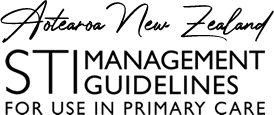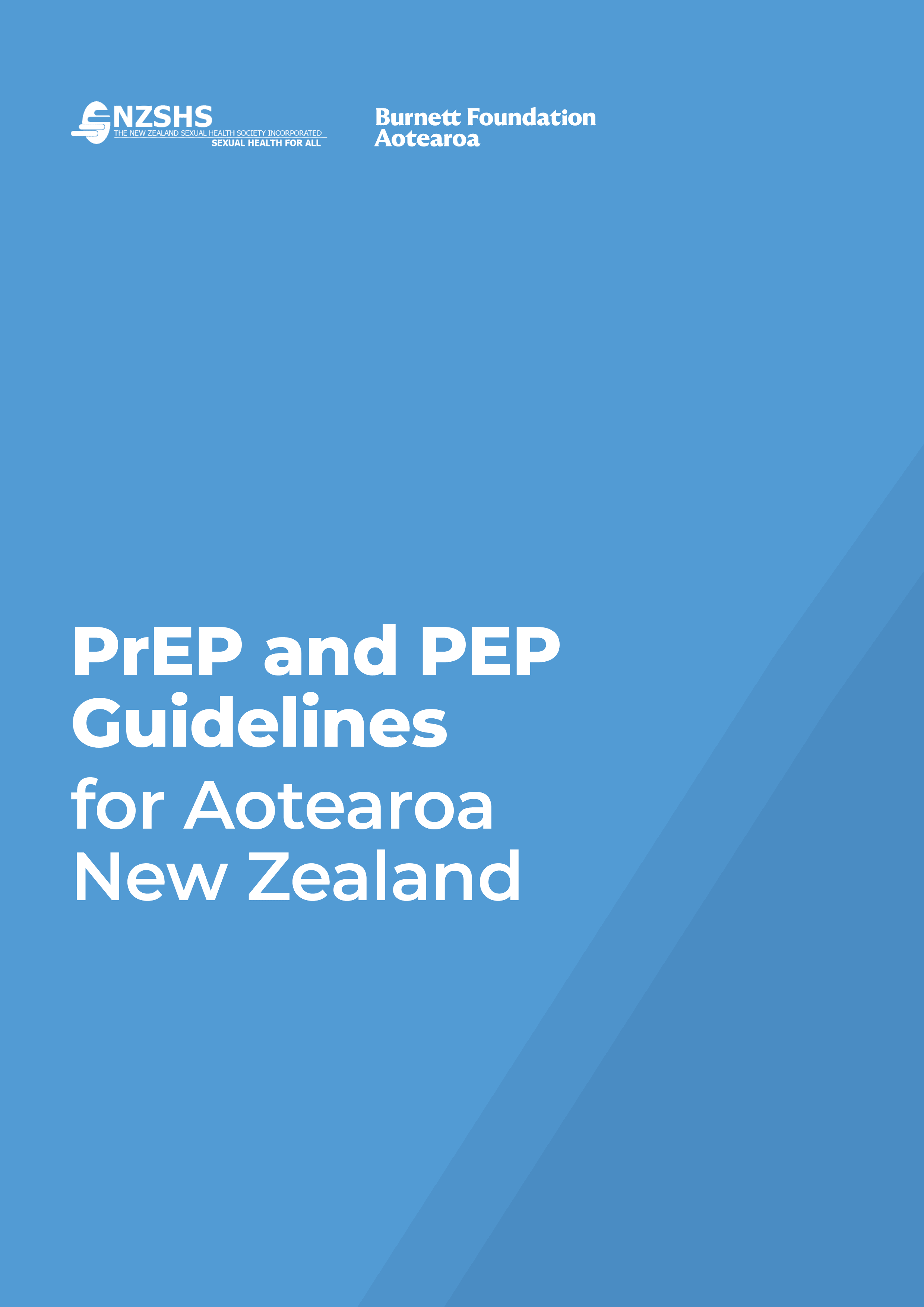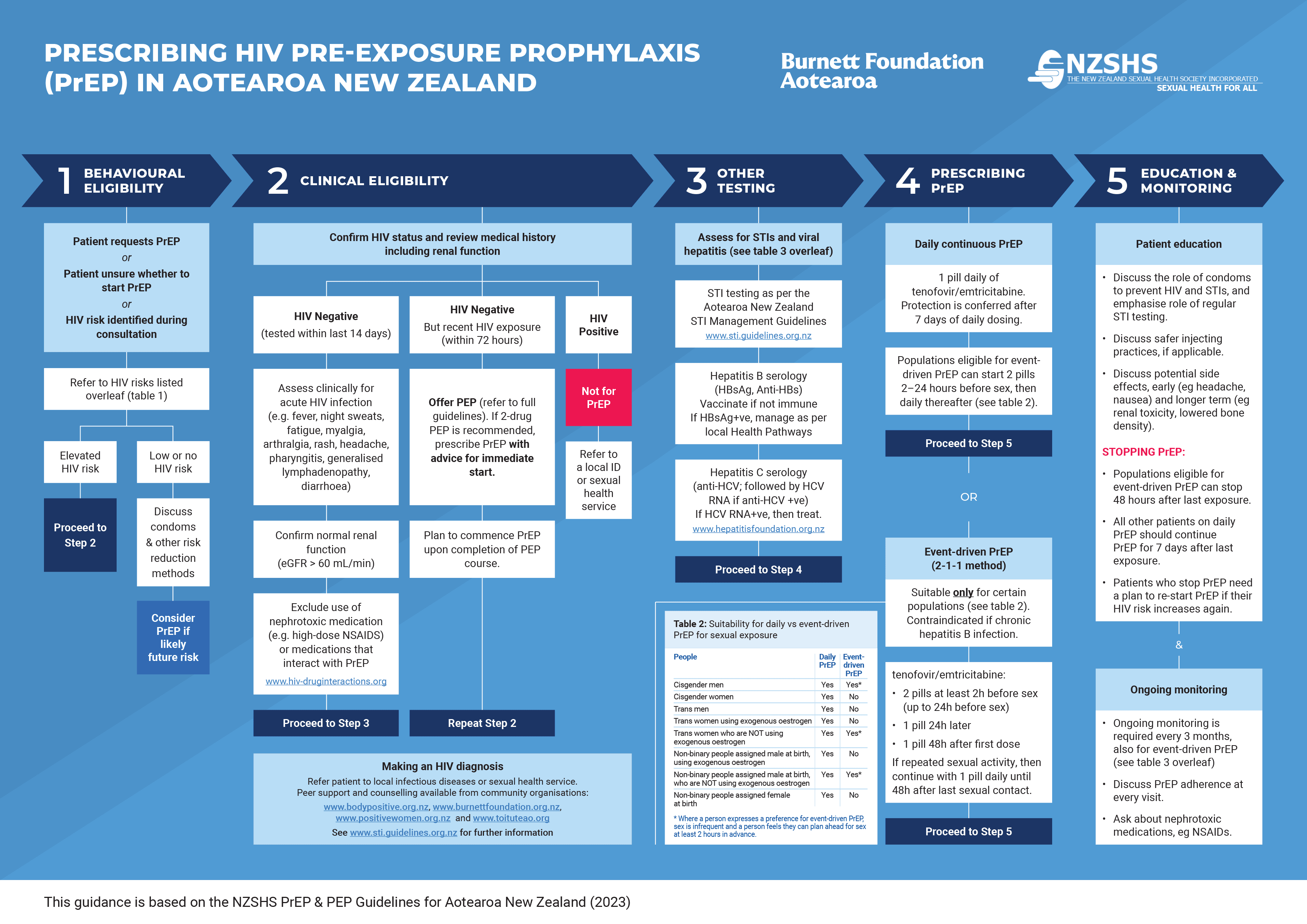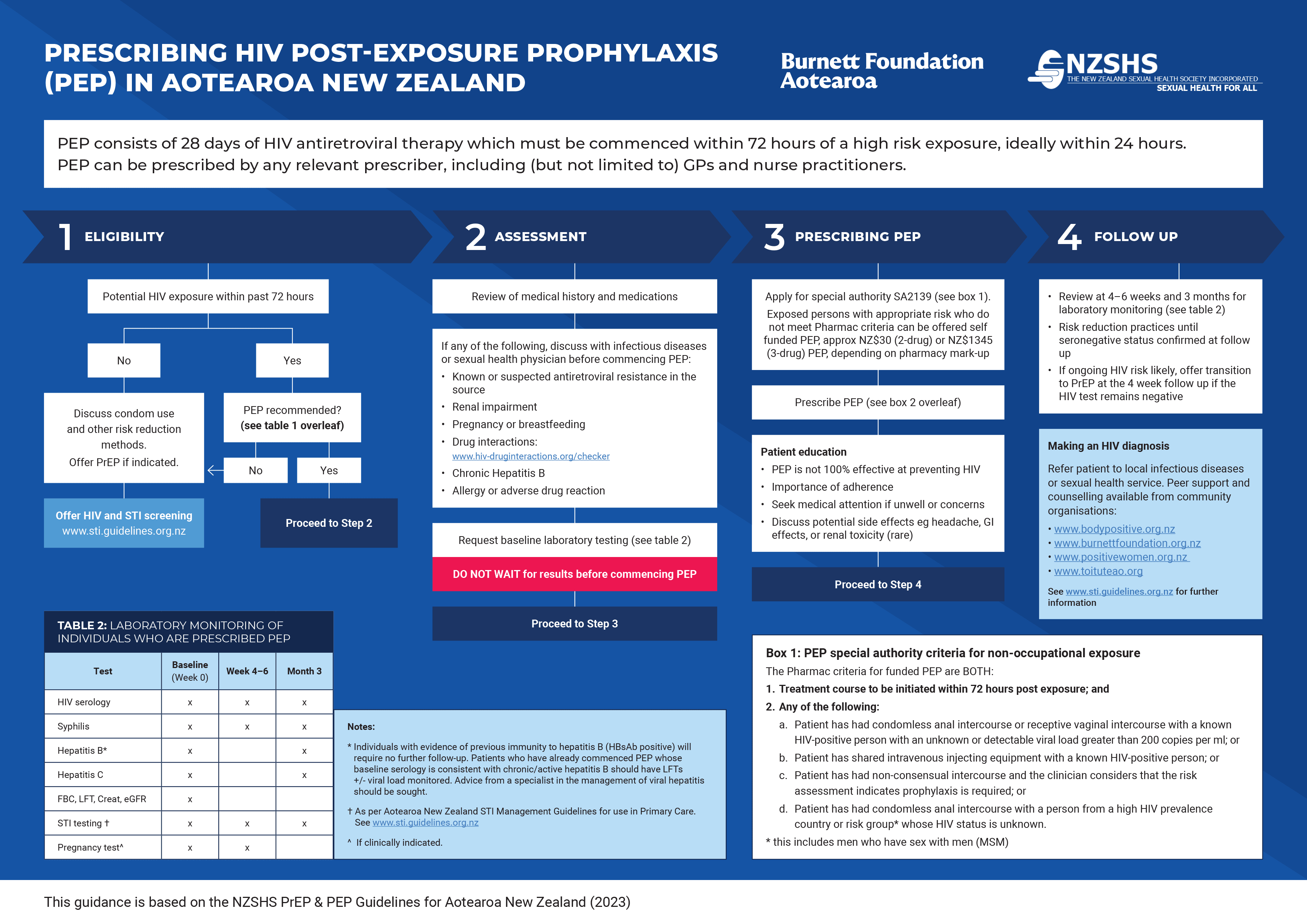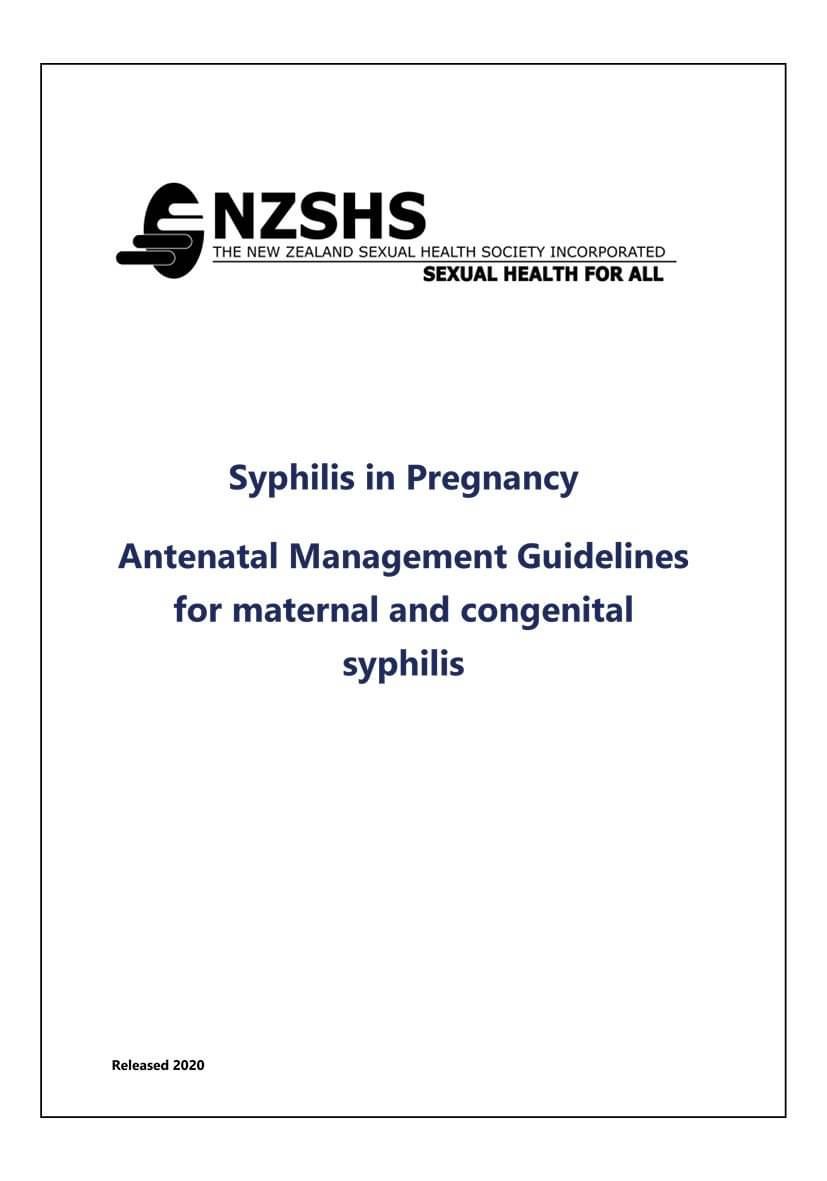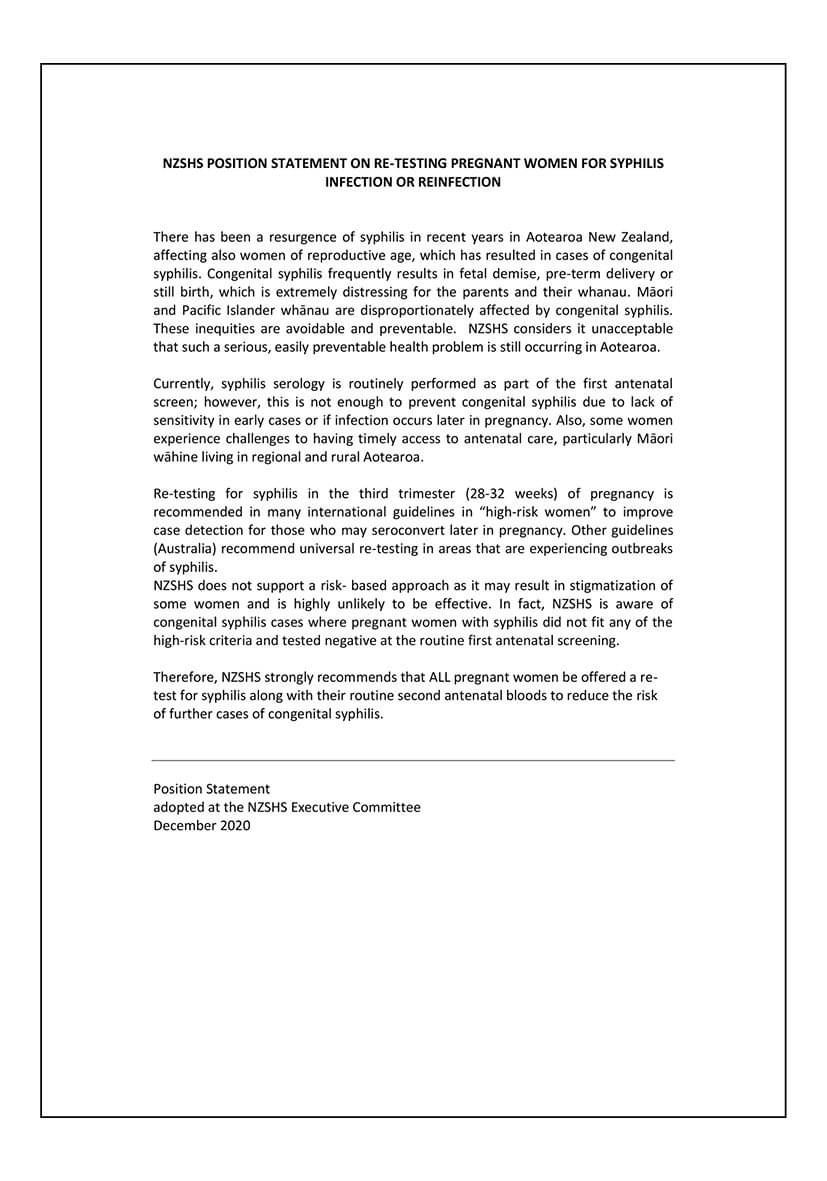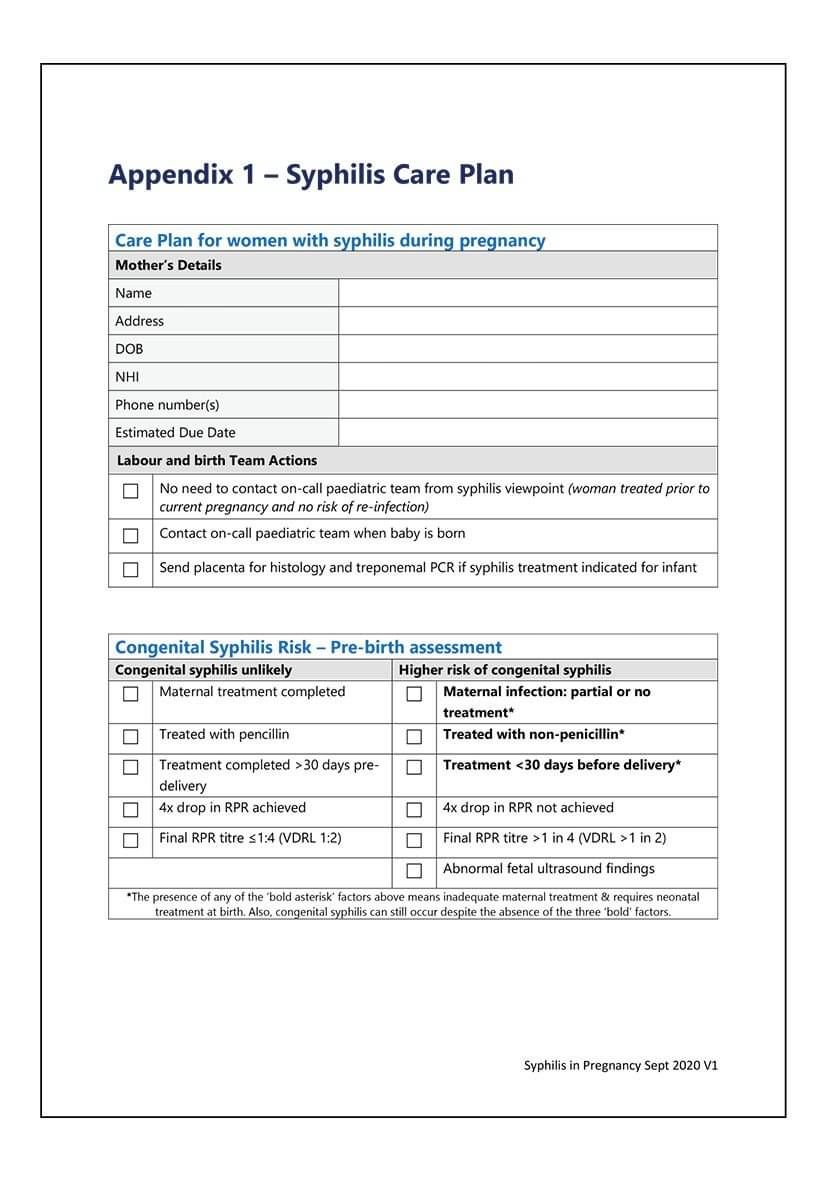Guidelines
We recognise the importance of these guidelines being inclusive and relevant to all, regardless of sexuality, gender identity or expression.
Every effort has been taken to ensure that the information in these resources is correct at the time of publishing.
Aotearoa New Zealand
STI Guidelines for Primary Care
The Aotearoa New Zealand STI Guidelines for use in primary care settings were revised in 2021 and are now available at STI.GUIDELINES.ORG.NZ. These have been developed collaboratively by clinical experts and professional associations to guide clinical care. Every effort has been taken to ensure that the information in these resources is correct at the time of publishing.
DISCLAIMER: The information in the flowchart and other documents below was current at the time of publication. Please read this in conjunction with partner notification and current testing and treatment guidance for gonorrhoea on sti.guidelines.org.nz
PrEP/PEP Guidelines
Every effort has been taken to ensure that the information in PrEP and PEP Guidelines and tools are correct at the time of publishing.
Syphilis in Pregnancy Guidelines
DISCLAIMER: The Syphilis in Pregnancy guideline above provides evidence based and consensus recommendations for health professionals on the management of syphilis in pregnancy. The information was current at the time of publication but is subject to change. Please read this guideline in conjunction with any subsequent statements which will be published on this website.
Gonorrhoea Guideline
DISCLAIMER: This document needs to be used in conjunction with the updated STI guidelines for testing and first line treatment. This guideline provides guidance in the event of treatment failure in the absence of re-infection andsuspected antimicrobial resistance.
Acknowledgements
New Zealand Sexual Health Society acknowledge and appreciate the work of members of the Guidelines Committee and Consultation groups for their support on the guidelines provided.
